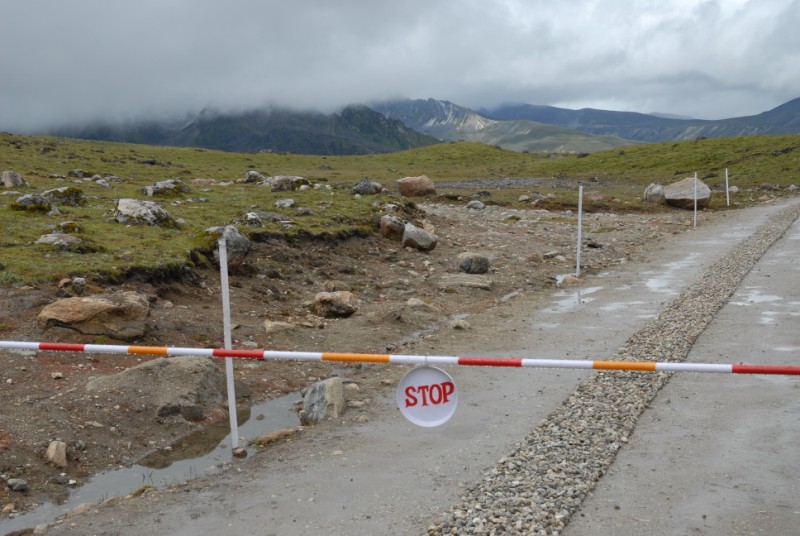Mixed Messages on Arunachal-China border

NEW DELHI: Arunachal Pradesh has long been one Asia’s most sensitive fault-lines following a disputed border between the continent’s two great powers – India and China. In the past week, military developments on the border have shown signs of both cooperation and increasing militarisation.
Last week, Chinese and Indian military officials met in Tawang district of Arunachal Pradesh. Military leaders reinforced their commitment to maintaining peace and stability in the region. The event included a mixed volleyball match, and showcased Indian culture and cuisine.
The delegates were keen to affirm agreements signed between both governments ensuring peace and security in this fragile region.
However, this display of cooperation and rapprochement has been accompanied by the increased militarisation of this disputed border region.
A day before the delegation, the Indian Air Force unveiled its revamped Advanced Landing Ground in Mechuka, 25km from the Chinese border. The new air base is part of a programme to greatly expand India’s rapid airlift capacity and its ability to deploy troops in the region.
During the 1962 Indo-China war, Mechuka was a vital strategic asset, and remains significant today. The new base gives the Indian military an enlarged capacity to counter any Chinese threat.
Mechuka forms part of a greater attempt by India to push back against growing Chinese dominance in Central Asia, and the Himalayas. The Mechuka airbase is one of half a dozen such bases in the region which are currently being expanded.
The bases, coupled with the announced Trans-Arunachal Highway, a dual-carriageway running parallel to the Indo-China Border, will give India an increased presence in the region and allow it to quickly transport personnel and equipment into this strategic yet remote frontier.
This expanded militarisation in Arunachal Pradesh, coupled with the Chabahar Port Deal with Iran and Afghanistan, the Tajik offer of Farkhor air base, symbolises India’s attempt to counterbalance the expansive influence and growing military capacity of its large North Eastern neighbour.
China for its part, has also been expanding its military presence and capacity in Central Asia and the Himalayas.
Last month the Chinese state-run Global Times reported that “The Tibet Military Command's political rank will be elevated to one level higher than its counterpart provincial-level military commands, and will come under the leadership of the PLA Army." This development gives the border force increased potency and access to funds.
An anonymous military expert in Beijing claimed that the elevation was in preparation for “possible conflicts between China and India” stating that "the command may undertake some kind of military combat mission in the future."
Additionally, The Chinese-backed deep sea port at Gwadar, Pakistan, gives the country’s military, potential presence in the Indian Ocean. Coupled with an already expansive road network on the Tibet-Arunachal border, China is well ahead of India in its military capacity.
Whatever this emerging arms race becomes, let us hope that the message of cooperation proclaimed in Tawang is not forgotten.



